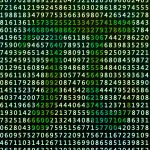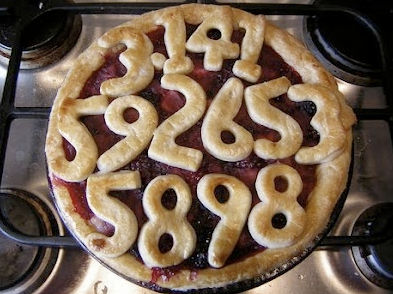 In keeping with the yearly tradition, we find it part of our mission on this earth to make bring the good news to all: Happy Pi Day 2016!
In keeping with the yearly tradition, we find it part of our mission on this earth to make bring the good news to all: Happy Pi Day 2016!
Pi Day, derived from the co-incidence of March (3) the 14th (3/14 here in the USA, and a little more-clunkily expressed as 14/3 for our friends everywhere else in the world) and the first 3 digits of Pi (3.14), is a day of gratitude, thanks, and appreciation for the magic of numbers.
We could probably get away with repeating our post from Pi Day 2008, in which we explore π, Φ, i, and e, but we have more exciting news to share today: in what’s being hailed as a possible breakthrough in mathematics, a new finding has just been published that may further our understanding of prime numbers. The study, published online to the arXiv pre-print and better-explained in Quanta Magazine remarks on a previously-unnoted property regarding prime numbers: mathematicians and amateur prime hunters alike have long-observed that prime numbers have an uncanny tendency to be found in clusters separated by massive nothingness – and now we might have a clue about how the members of the clusters relate (in a very bizarre way) with one another.



 Today is Pi-Day 2008. A day in honor of Pi, one of the oldest and most mysterious mathematical constants known to man. A day in celebration of the works of dozens of great mathematicians and scholars. A day to revel in the glory and power of Pi. For those of you that live in the USA and use the MM/DD date representation format, the reason should be clear enough: March 14th, 2008 == 3.14.
Today is Pi-Day 2008. A day in honor of Pi, one of the oldest and most mysterious mathematical constants known to man. A day in celebration of the works of dozens of great mathematicians and scholars. A day to revel in the glory and power of Pi. For those of you that live in the USA and use the MM/DD date representation format, the reason should be clear enough: March 14th, 2008 == 3.14.